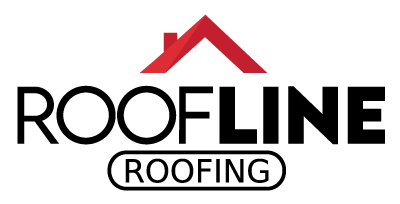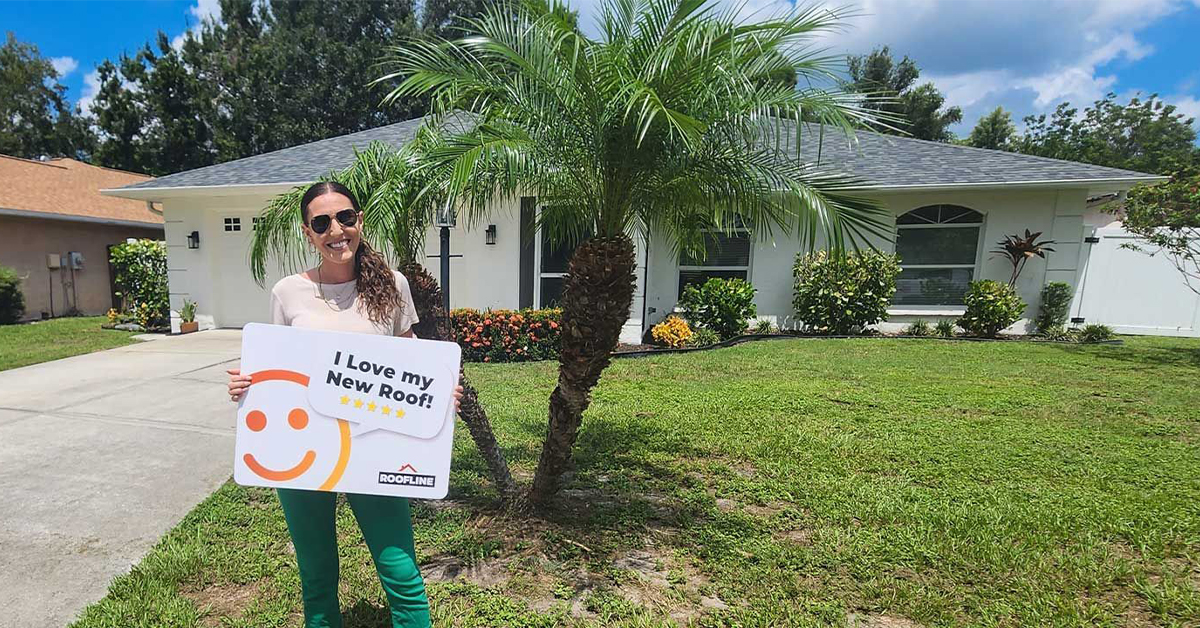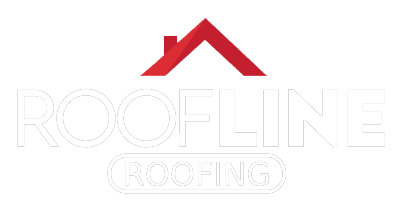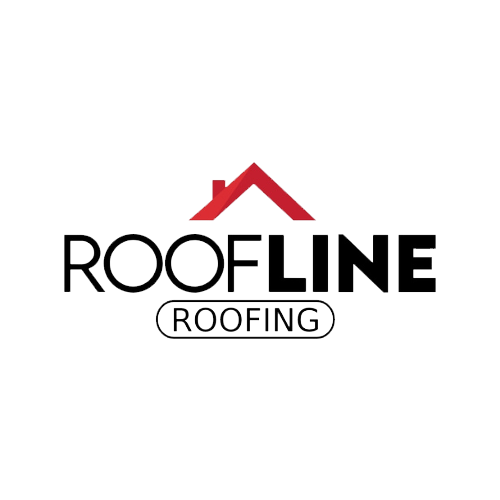Navigating the complexities of commercial roofing requires more than just selecting the right materials; it demands a proactive and strategic approach. From the relentless Florida sun to tropical storms, roofs in Sarasota and Palmetto face unique challenges. For commercial property owners, understanding the intricacies of roof maintenance and regulatory compliance is paramount to safeguarding your investment and ensuring the longevity of your property.
In Sarasota, regular inspections are not just routine but a necessity to prevent costly repairs and extend your roof’s lifespan. On the other hand, Palmetto’s rigorous building codes and environmental regulations underscore the importance of compliance to avoid potential fines and operational setbacks. By adopting a diligent approach to roof inspections, documentation, and compliance, property managers can maintain the integrity of their commercial roofs and foster a safer, more efficient environment for their business operations.
Inspection Essentials: What to Look for and Why
Knowing what to examine during a commercial roof inspection is crucial for maintaining your property in Sarasota. Consistent roof inspections can save time, prevent costly repairs, and extend your roof’s life, adding value to your investment.
A commercial roof generally endures more wear and tear than a residential roof due to its expansive size and constant exposure to the elements. Sarasota, known for its warm weather and summer storms, demands extra attention to a roof’s health. This makes understanding commercial roof inspection essentials in Sarasota important.
During a roof inspection, start with the surface, looking for clear signs of damage such as punctures or blisters. Commercial roofs, commonly flat or low-sloped, might accumulate water during heavy rains—a potential sign of drainage problems. Areas that appear saggy or collect water indicate poor drainage and may lead to leaks. According to a study by the National Roofing Contractors Association, roof leaks account for 70% of early roof failures. Quickly addressing these signs can prevent extensive damage.
Membrane integrity is another critical checkpoint. The membrane is the first defense line against water ingress. Check for any tears, punctures, or seams that have come loose. Even minor membrane damages can turn into significant problems if ignored. In such cases, a professional assessment is recommended. Roofers can use methods like infrared thermography to detect moisture beneath the roof membrane, an approach supported by a study published in the “Journal of Building Engineering” that found infrared scanning as an effective tool for identifying hidden moisture locations.
Another key inspection area is flashings, placed around vents, HVAC units, and other roof penetrations. Flashings are prone to separating over time, creating a gap for water to enter your roofing system. According to the Building Envelope Science Institute, a professional roofing inspection often finds that faulty flashings are responsible for 60% of roof leaks. Ensuring flashings are intact and no debris is obstructing these areas can prevent seepage and maintain your roof’s integrity.
Pay attention to the gutters and drains during your inspection. Sarasota’s tropical storms can clog these systems, leading to water overflow and potential roof damage. Clear debris like leaves or branches to ensure proper water flow. A report by FacilitiesNet highlights that routine maintenance of drainage systems can reduce roof repair costs by up to 50%.
Inspect the interior of your property for signs of hidden roof issues. Water stains on ceilings or walls indicate possible leaks. It’s crucial to check for signs of mold growth, especially in commercial settings, as mold can pose serious health hazards. The Centers for Disease Control and Prevention (CDC) notes that mold exposure can cause respiratory issues, particularly impacting individuals with pre-existing conditions or weakened immune systems.
Finally, consider the impact of Sarasota’s environmental elements like UV exposure. The sun’s rays can degrade roof materials over time, causing cracks and becoming brittle. Using reflective coatings or materials designed to withstand UV damage can prolong your roof’s life span. According to the Environmental Protection Agency (EPA), reflective roofing can lower roof temperatures by up to 50°F, helping reduce cooling costs and minimize material deterioration.
Maintaining frequent inspections creates a proactive approach to roof care, preventing minor issues from becoming large-magnitude problems. Understanding these commercial roof inspection essentials in Sarasota helps protect your investment, ensuring longevity and stability for your property.
Regulatory Compliance: Meeting Local and State Requirements
Regulatory compliance for roofing in Palmetto involves adhering to local and state requirements designed to ensure buildings are safe and in good condition. For commercial property owners, understanding these regulations can be as crucial as the roof inspections themselves.
In Palmetto, Florida, business property owners need to navigate specific building codes addressing roofing specifics to avoid violations that may lead to costly rectifications or fines. Florida’s Building Code is particularly stringent due to the state’s climate challenges such as hurricanes, high humidity, and intense sunlight. These factors not only necessitate strong roofing materials but also stringent compliance checks to ensure safety and durability.
The Florida Building Code requires that roofing materials withstand high wind speeds, which is vital in hurricane-prone areas like Palmetto. The state’s statutory E950 Section, for instance, mandates specific tests to certify roofing materials can endure the wind pressures typical of Florida’s storms. Using non-compliant materials could lead to your insurance provider denying claims after weather-related roof damage, as they often tie coverage to compliance with construction codes and regulations.
Another critical aspect of regulatory compliance is ensuring proper drainage systems. Under Florida’s code, commercial roofs must have effective drainage systems designed to handle the intense rainfall the region experiences. Improper drainage not only violates codes but can also lead to pooling water on roofs, increasing the risk of leaks and structural damage. As reported by the Florida Building Commission, a significant number of commercial roof failures are due to defective drainage installations, emphasizing the need for adherence to local standards.
In addition, fire safety regulations also play a key role in roof compliance. Commercial roofing systems in Palmetto must adhere to fire resistance standards to minimize risks in case of a fire. Roofing materials need to be tested for fire ratings, ensuring they can restrict fire spread across the building. Using materials with proper fire resistance classifications can be crucial not only for compliance but also for safeguarding property and lives.
Furthermore, environmental codes related to roofing in Palmetto require attention. Florida has initiated steps toward energy efficiency to combat the increasing climate concerns. For example, any new commercial construction or significant renovation projects must now consider energy-saving measures, such as solar reflectance and thermal emittance. These energy code requirements aim to reduce heat islands and promote environmental sustainability while offering energy savings, which is supported by studies conducted by the U.S. Department of Energy.
Lastly, never overlook permit requirements. Before initiating a re-roofing project or major roof repairs, acquiring the necessary permits is mandatory. The City of Palmetto’s building department insists on application approvals to ensure compliance with the established codes. Dive into the building permit procedures to avoid legal complications or project delays. Non-compliance can lead to work stoppages, fines, and voided warranties for roofing materials.
Keeping abreast of these regulations doesn’t merely satisfy a checklist but underpins the safety, longevity, and performance of your roof. Compliance ensures your commercial roof is resilient against the unique climatic challenges in Palmetto while avoiding legal and financial repercussions. For business proprietors, mastering these norms can mean the difference between seamless operations during storm season and facing prohibitive repair costs due to regulatory neglect. Investing time in understanding these requirements is essential to secure the integrity and value of your property.
Record Keeping: Maintaining a History of Roof Health
Preserving a detailed history of your roof’s health is pivotal for maintaining both its longevity and your sanity when it comes to managing costly structures like commercial properties. This record-keeping approach, often referred to as maintaining “roof health records Osprey,” is about more than just documentation—it’s a strategy to avert hefty repair bills and downtime.
Initiate this process by creating a comprehensive log. Document vital details including the initial installation date, roofing material, and manufacturer. Include any warranties and their specific terms and conditions. This baseline information sets the context for all future inspections, repairs, and replacements, providing an invaluable reference for any roof management decisions.
Consistent inspections should be the cornerstone of your roof health records. Record the dates of every inspection, alongside a summary of findings. Note all visible signs of wear, leaks, and damage, however minor they may initially appear. Incorporating photographic evidence from each inspection helps create a visual timeline of your roof’s condition and is particularly useful for spotting gradual damage over time that might not be immediately apparent.
Financial transactions related to your roof’s upkeep must also feature in these records. Document every repair or maintenance expense, including the provider, nature of service, and costs incurred. Having a clear financial record not only assists budgeting and forecasting but also provides leverage when negotiating insurance claims.
Speaking of insurance, these records serve another critical function when it’s time to file a claim. A well-documented history can swiftly prove the roof’s condition before and after damage, making the claims process smoother and more favorable.
Weather impacts, especially in areas like Osprey with its unique climate challenges, should warrant a mention in your records. Noting any significant weather events such as hurricanes or storms that your roof has weathered can contextualize any related wear and tear. It aids in understanding and forecasting which conditions your roof can withstand long term.
Lastly, regularly update your roof health records when any structural or environmental changes occur around your property. Changes such as new solar panel installations, HVAC upgrades, or tree growth nearby can affect your roof’s health and necessitate additional care or precautions.
Incorporating this level of detail into your roof health records ensures you maintain a proactive and informed stance in roof management. By understanding trends and anticipating issues, you protect your investment while avoiding surprises that could disrupt your business operations.
You might be asking
How do regular inspections contribute to maintaining a commercial roof’s license?
Regular inspections are crucial for identifying potential issues that could compromise the roof’s integrity, which in turn, helps ensure compliance with local regulations and safety standards. By addressing problems early, property managers can avoid costly repairs and maintain the roof’s condition, ensuring that the commercial roof’s license remains valid.
What are the common inspection requirements for commercial roofs?
Common inspection requirements for commercial roofs include checking for signs of wear and tear, such as leaks, cracks, and missing seals. Additionally, inspectors assess the condition of drainage systems, roof membranes, flashings, and structural components. Ensuring compliance with local building codes and verifying that previous repairs were completed properly are also essential parts of the inspection process.
How can I prepare for a commercial roof inspection?
To prepare for a commercial roof inspection, ensure that all previous repair and maintenance records are organized and accessible. Clear any debris from the roof to allow inspectors a clear view of its condition. It’s also beneficial to familiarize yourself with local inspection standards and requirements to address any specific concerns that may arise during the evaluation.
Next Steps
Effective roof management requires insight and vigilance. By initiating and maintaining a detailed history of your roof’s health, you set the stage for a proactive approach to roof care, allowing you to catch small issues before they turn into expensive repairs. Record everything—from the initial installation details to ongoing maintenance and inspections. This thorough documentation not only aids in better management but also supports insurance claims and financial planning, offering a clear view of your roof’s condition over time.
As you look to enhance the longevity and performance of your roof, consider seeking professional guidance. Roofline Roofing offers free consultations to help you align your roofing strategy with your structural needs and regulatory requirements. Understanding your roof’s specific demands is just a step away. Contact us today to learn how to maintain the integrity and value of your roof for years to come.
Contact Us
Use the form below to contact us or to schedule a free consultation.
I would highly recommend Roofline Roofing for any roofing needs. As a fellow business owner, their professionalism and efficiency stood out. They provided quality service, completed the job on time, and their pricing was fair. Very satisfied with their work!
-- Logan L.




